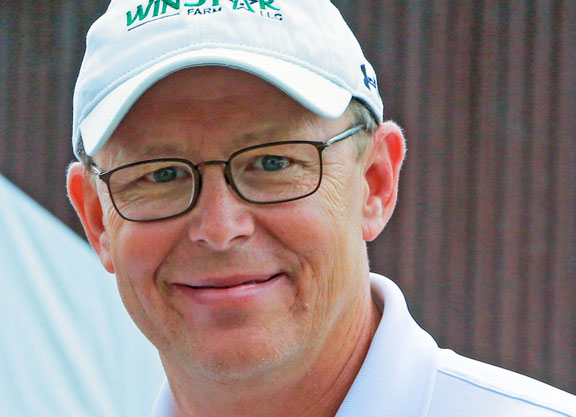I have been asked many times for WinStar's position on the Jockey Club's proposed cap of 140 mares for stallions. While WinStar values free markets and what they stand for, we believe it is in the best interest of the horse racing industry to implement this cap.
There are multiple layers to this discussion, but when you break it all down, it becomes clear that a narrowing of the gene pool, supply and demand ratios, and creating a competitive market are the most significant factors.
From a genetic standpoint, we are producing half the number of foals (40,000 in 1989 to 20,000 in 2019) and by doubling the numbers of mares bred to specific stallions, it causes a narrowing of the gene pool. I am not a genetic expert, but I don't believe this is good. From a supply and demand standpoint, having 75% of the Book 1 come from 15 stallions is not a good economic model.
We live in a market that must have competitive owners and breeders. We can't compete against ourselves. We are similar to other sports leagues because we have a “bubble market” whereby we need competitors. If the Lakers or the Patriots were able to capitalize on their revenue sources without regard for their fellow teams, eventually they would run out of teams to compete against. They understand this at the league offices. They have found ways to spur on competition within a framework of balanced guidelines. We need each other. Thirty years ago, there were 44,000 foals, 20 stud farms to house them, and yearlings were bringing millions of dollars. Today, there are 21,000 foals, 6-8 viable stud farms, and sales are healthy without being exorbitant. In the last 18 years, the number of stallions has dropped by 53%. The cap would provide an opportunity to limit supply, creating even better demand for the top stallions and more demand for younger ones, to spread mares out over more stallions to provide diversity, and to create a chance for others.
A distinction WinStar has versus other farms that have weighed in on this discussion is it has the potential to impact us negatively. Most stud farms are for the side of the ledger that fits their business philosophy. We have a few stallions that breed 140+ mares, and we will have to adjust like everyone else.
But I believe we all need to forego our own agendas and rally behind things that improve our industry as a whole. Without us all, we have no game. I might add this is a WinStar position and may not reflect the opinion of our shareholders.
In closing, I would like to bring up one last consideration. At some point, like the catastrophic breakdowns earlier this year, attention will be focused on the humane aspect of breeding these horses and how many times we are breeding them each day. The limit on stallion covers allows us to take a proactive stance as an industry before an onslaught of negative media comes our way.
Not a subscriber? Click here to sign up for the daily PDF or alerts.






